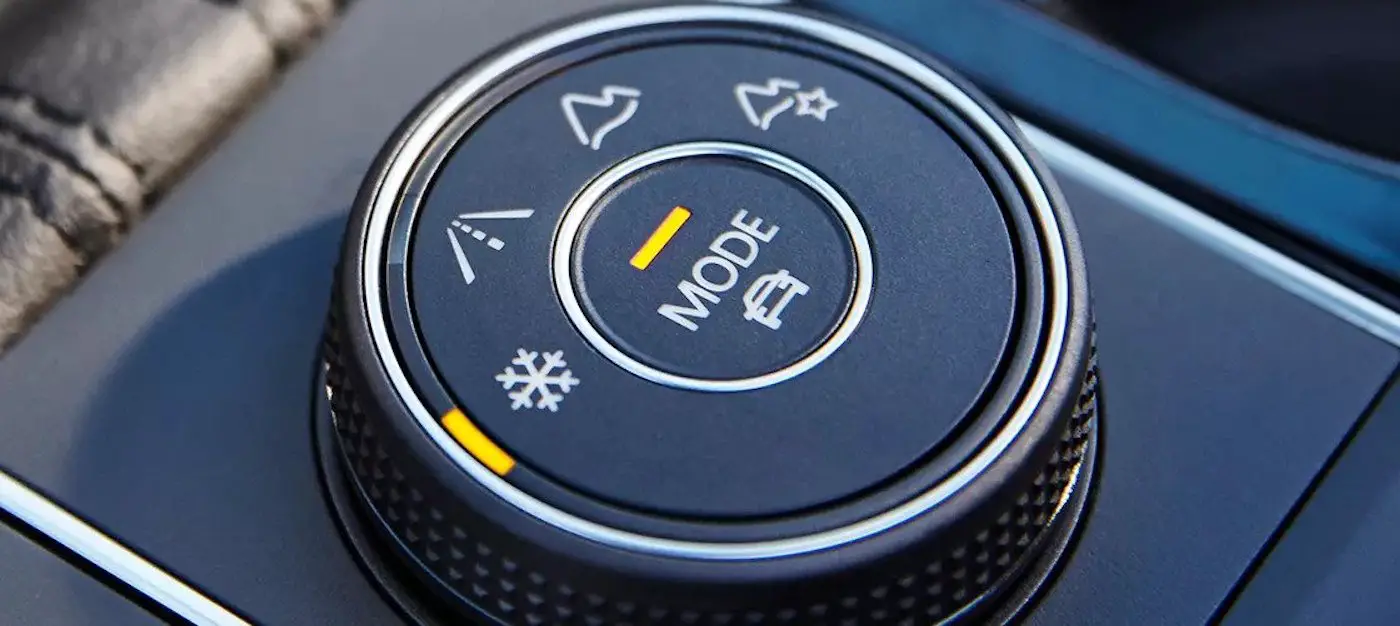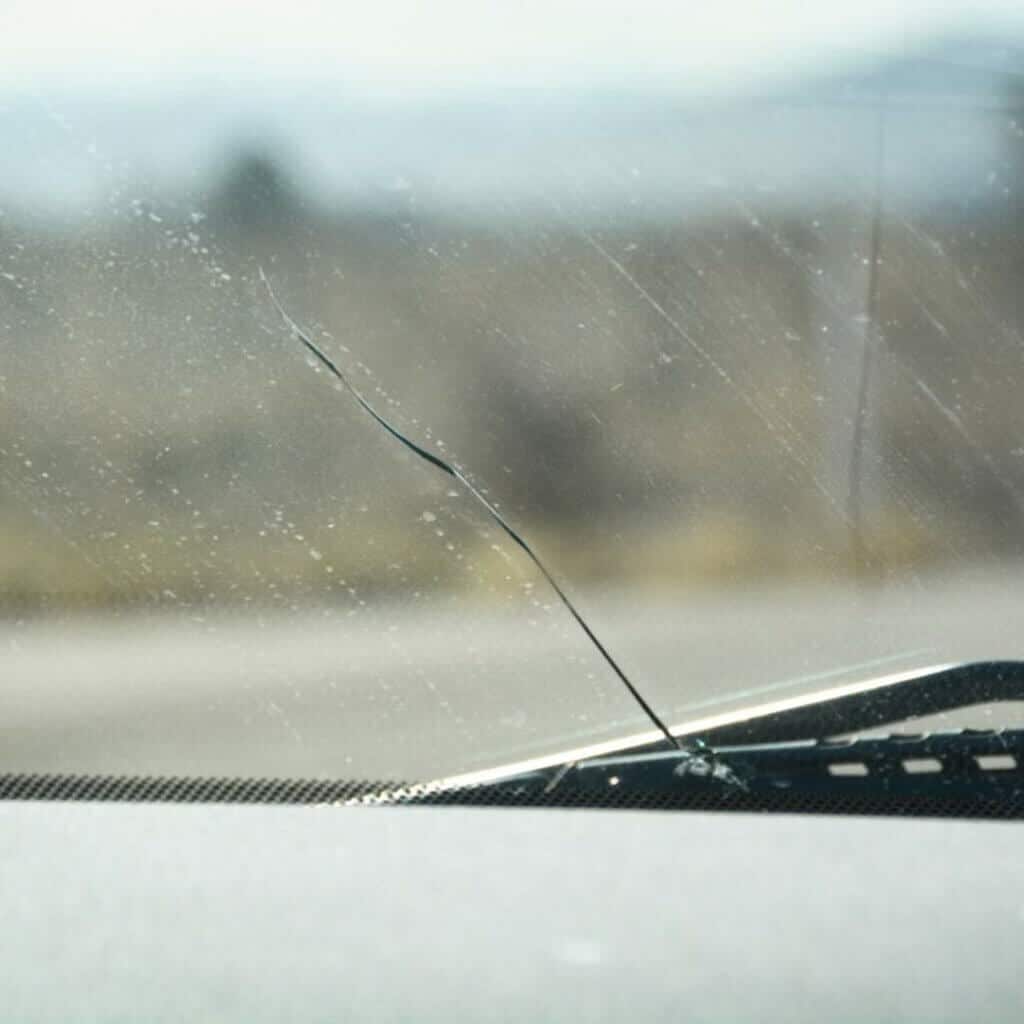Today, driving is a big part of our daily lives. But if you consider eco-friendliness, driving may not be the first thing that comes to mind—it might not even be on the list.
However, vehicle emissions are undoubtedly harmful to the environment and contribute significantly to environmental pollution. While some suggest giving up driving entirely, for most people, that’s not a realistic option. However, there are ways we can make a positive impact.
This article will explore eco-friendly driving strategies, from optimizing fuel consumption to considering hybrid or electric cars.
By adopting practical tips, you can reduce your carbon footprint and help protect the environment.
If you want to learn more, check out DriverKnowledge UK.
Major Eco Friendly Driving Tips

- Switch off your engine whenever possible
If your car has that automatic stop-start system, it probably stops the engine when you’re stuck in traffic. But if your car doesn’t do that, you can save gas by turning off the engine yourself when you’re stuck. [1]
Just remember, doing this a lot might wear out your battery, so make sure it’s in good shape.
Also, don’t turn off the engine right after starting it, especially if it hasn’t warmed up yet – it’ll work better if you wait a bit. A simple rule is that if you know you’re going to be waiting for more than two minutes, go ahead and turn off the engine.
Besides, know your car’s fuel usage and monitor it regularly. This helps you catch any changes that might indicate a problem. Be aware of activities that consume more fuel, like using phone chargers, which also drain fuel.
- Choose eco-friendly, fuel-efficient vehicles
Diesel cars used to have mixed opinions about fuel efficiency and cleanliness, but the latest ones are clean and good for long trips. They meet Euro 6 emissions standards and are okay for ULEZ.
Besides, hybrid technology has made petrol cars popular, especially plug-in hybrids that cut emissions for short drives.
Electric cars are also becoming popular among eco-friendly drivers. They cost less to run, get tax benefits, dodge congestion and ULEZ fees, and often get free parking in convenient spots.
- Drive smoothly and strategically
To improve fuel efficiency and make your drive more relaxing, avoid speeding and consider using speed limiters or cruise control if your car offers them. Volvo has discovered that these features can help drivers save fuel and enjoy a smoother journey.
Avoid getting too fast and stay a good distance from the car ahead to prevent sudden braking. When you accelerate, do it smoothly, and use the brake pedal wisely to save on fuel. Stay in gear, especially when the engine speed drops below 1500 rpm, and avoid constant speeding up and braking, as it uses more fuel.
Also, when you’re starting from a stop, keep in mind that accelerating uses more fuel. So, when approaching red traffic lights, there is no need to speed up, stop, and then start again when they turn green.
Gradually slow down, and you might reach the lights when they’ve changed. Even if they haven’t, you haven’t wasted fuel on unnecessary acceleration.
If you’re driving a manual transmission, aim to keep the revs low and shift to higher gears whenever possible to save fuel. You can also try skipping fourth gear and going straight from third to fifth, which is known as block shifting.
For automatic transmissions, staying out of sports mode can help reduce fuel consumption. Instead try eco modes.
And, always respect ‘giveaway’ and ‘STOP’ signs, and use the highest gear suitable for the situation to cut down on fuel consumption. And remember, using less fossil fuels is better for the environment!
- Check and maintain your vehicle regularly
Keeping your vehicle in good shape is key to reducing CO2 emissions. Regular servicing helps cut down on fuel consumption and maintaining steady tire pressure reduces drag, using less fuel.
Before long journeys, check and keep the tire pressure in check. Also, don’t forget to clean and replace the oil and air filters regularly.
As your vehicle gets older, harmful deposits can build up in the engine, potentially increasing exhaust emissions. Adding cleaning agents to the fuel system every few months can help lower these emissions. Alternatively, you might consider using premium fuel with additives.
Regular vehicle maintenance is a simple way to contribute to a cleaner environment. A well-maintained car can emit up to 50% fewer emissions compared to a poorly maintained one. Address any advisories from your MOT test to keep your vehicle in top condition. This not only improves fuel efficiency and reduces emissions, but also extends your car’s lifespan and saves you money in the long run.
- Use limited air conditioning
While air conditioning might seem appealing in hotter summers, using it continuously can significantly increase fuel consumption. Your vehicle’s air conditioning is essentially like running a small fridge off your engine, so think twice before switching it on. [2]
If it’s not too hot outside, try removing a layer of clothing or adjusting the thermostat slightly higher. Also, consider using ventilation or opening a window instead to save fuel and reduce emissions.
Minimizing air conditioning use, especially at lower speeds, can help lower fuel consumption and CO2 emissions. Don’t forget to switch it off once you’re comfortable, especially in winter when a short burst can clear the windows effectively.
- Use alternative options of public transport, cycling, and shared transport
You don’t need to drive everywhere you go. Choose public transport or cycling over driving whenever possible. These alternatives can significantly reduce your environmental impact and contribute to a sustainable future.
Public transportation systems are designed to accommodate many passengers at once, reducing emissions per person compared to individual cars.
Cycling is also a great alternative to private vehicles. It offers an emissions-free alternative for short trips, reducing congestion and requiring less parking space.
Both options are not only environmentally friendly but also cost-effective, healthier, and often more social ways to travel.
Besides, carpooling is another efficient alternative, as it reduces the number of vehicles on the road. Before driving, consider if the journey is necessary, opting to walk for short trips or using public transport during rush hour.
Safe driving for leisurely weekend getaways, and you’ll appreciate your car’s comfort and convenience even more.
- Do plan for eco-friendly driving
Planning ahead is a key habit for eco-friendly driving. Anticipating traffic conditions allows you to find alternate routes, saving fuel. Being aware of speed limit changes helps you avoid sudden braking or engine revving. And remember, if you’ll be parked for a while, turn off the engine to reduce emissions.
Read Also: Is Walmart Gas Good
Final Thoughts
Today, driving isn’t just for necessary trips; it’s become the norm for getting around almost anywhere. While driving may not be the most eco-friendly activity, by being mindful of your driving habits and considering alternative transportation options when possible, you can play a part in reducing our environmental impact.
Every small change adds up, and together, we can all drive towards a more sustainable future.
Read Next: What Does PM Mean On a Licence Plates




